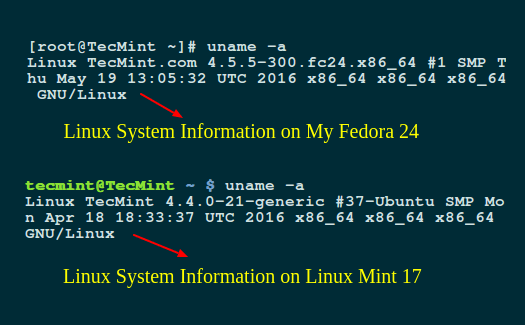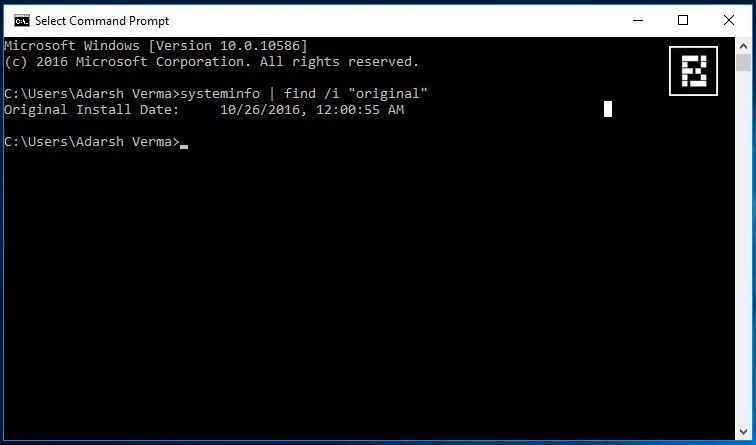

This time instead of seeing all of the files located within the example directory, you will only see the directories. This means that instead of using the “ f” letter alongside the “ -type” option, we will be using the letter “ d“. Searching for Directories with Findįor our second example, let us try the same command as our last example, but instead of searching for files, we will search for directories. Using this on our example directory, it will return all of the files inside it. Only Searching for Files with Findįor our first example, we will use the -type option to list the files ( f) within our directory.

You can use the list below to see the different file types you can specify and the letters representing that type.įrom this list, the first two are the ones you are likely to use the most, those being searching for regular files ( f) and directories ( d). To specify the type of file to search for, you will need to utilize the “ -type” option and a letter that designates the file type.


We can filter the type of file that is returned by the find command. Using this, you will be greeted with an extensive list of all of the files and folders within this directory. To show you this behavior, let us show you what happens when you use the find command and only specify the directory.įor our example, if we wanted to search a directory located at “ /home/pimylifeup/example” we would use the following command. There aren’t many use cases for doing this as there are better alternatives for listing all files within a directory.įor example, the tree command can list out the files and folders while also giving you an idea of where they sit. When you use find and only specify the directory, it will list out every file and directory contained within it. The most basic usage for the find command is to only specify the directory for the tool to search through. Otherwise, it will fire before a match event occurs. For example, if you wanted to execute a command, it should be located at the end of your expression. One thing to note is that the order of your expression does matter. The expression is one of the most important parts as it is how you control what the find tool finds within the specified directory. The main two things that you need to know are the path and expression. find Īs you can see, the syntax for the tool is relatively simple. Let us start by quickly going through the syntax of the find command on Linux.


 0 kommentar(er)
0 kommentar(er)
